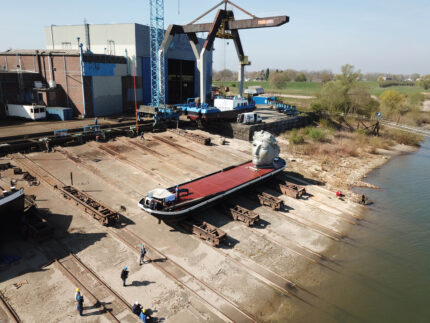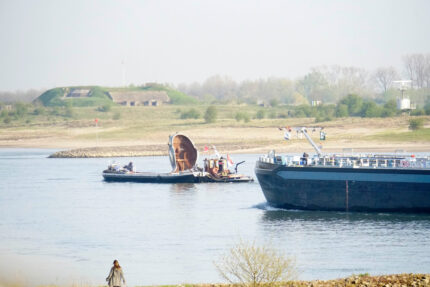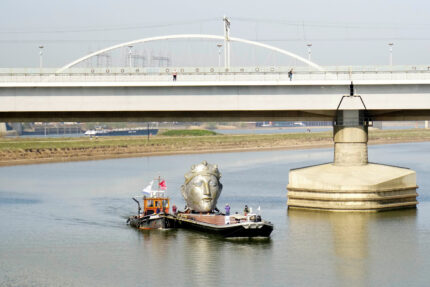The Germanic Limes, the northern frontier line of the Roman Empire from the late 1st century to the second half of the third, ran from the North Sea to the Danube. The section in what is now the Netherlands followed the line of the Lower Rhine from the Oude Rijn estuary on the North Sea to the town of Bad Breisig in modern-day Germany. The Lower Germanic Limes ended there and the Upper Germanic picked up on the other side of the Rhine.
The Netherlands limes run from Nijmegen, the second oldest city in the Netherlands founded as a Roman military camp in the 1st century B.C., to Katwijk, founded by the Emperor Claudius in the 1st century A.D. as Lugdunum Batavorum. Between them are a wealth of Roman remains, both outdoors and underground, and museums, like the Valkhof Museum in Nijmegen, owner of the exceptional Nijmegen cavalry helmet, and its associated archaeological park site of a Roman military camp.
The Lower Germanic Limes was not a fortified structure-based border like Hadrian’s Wall. There were forts alone the line, but they dotted the natural boundary of the Lower Rhine. The remains of the forts and military camps along the limes in the Netherlands today form the largest archaeological monument in the country. Netherlands heritage organizations have nominated the Roman Limes as a UNESCO World Heritage Site. The results of the campaign will be announced in 2021.
Whether it achieves World Heritage status or not, the limes are an absolute dream trip for the history nerd/hiking aficionado. Flat terrain, a myriad fascinating, little-photographed sites along the way, no crowds, uninterrupted stretches of ground and river for walking, biking and kayaking. I came across a video today promoting the Netherlands Limes for the UNESCO list, and I am now officially obsessed with walking this line.
That giant mask you see in the video is a monumental replica of the Nijmegen helmet by artist Andreas Hetfeld that was installed overlooking the city’s Waal river in April of last year. There’s a staircase inside it so you can climb up and look out of its eyeholes to see a panorama of the city. How cool is that? Even cooler, they had to transport it to its current location by barge. Check out this badassness:


